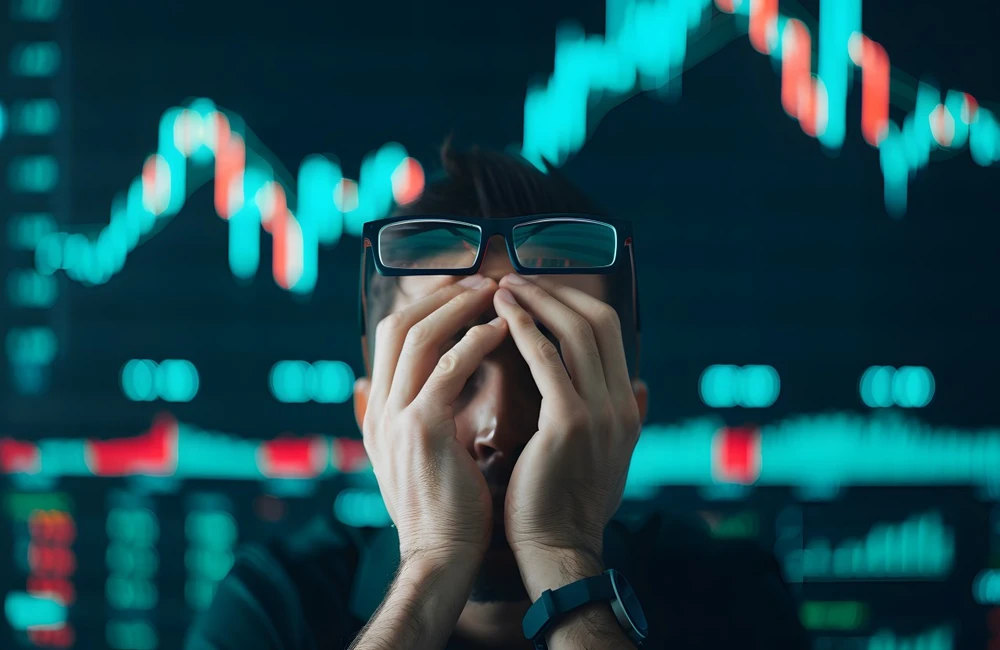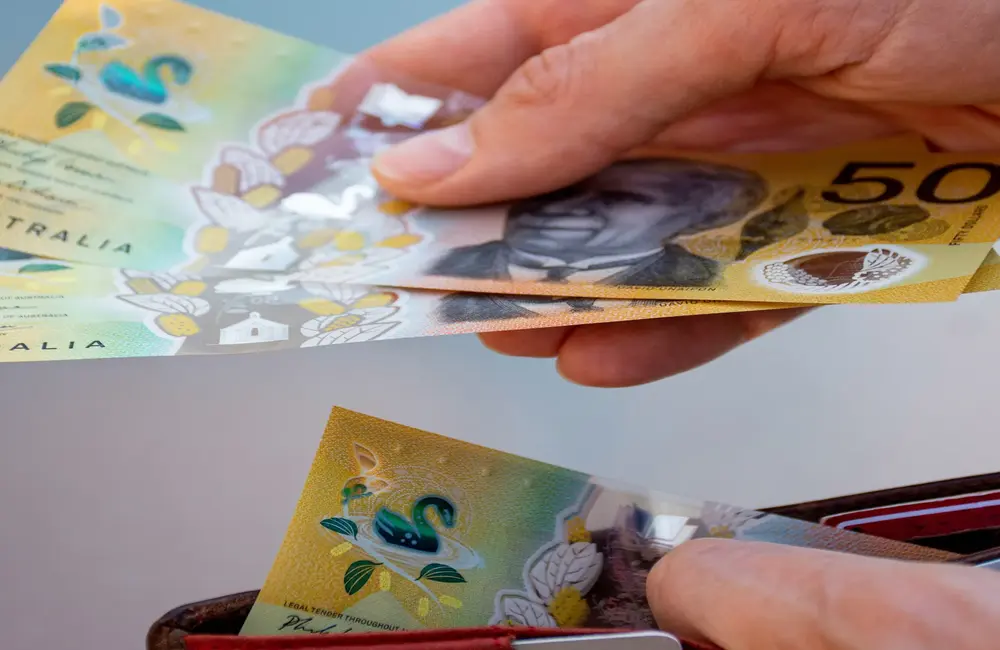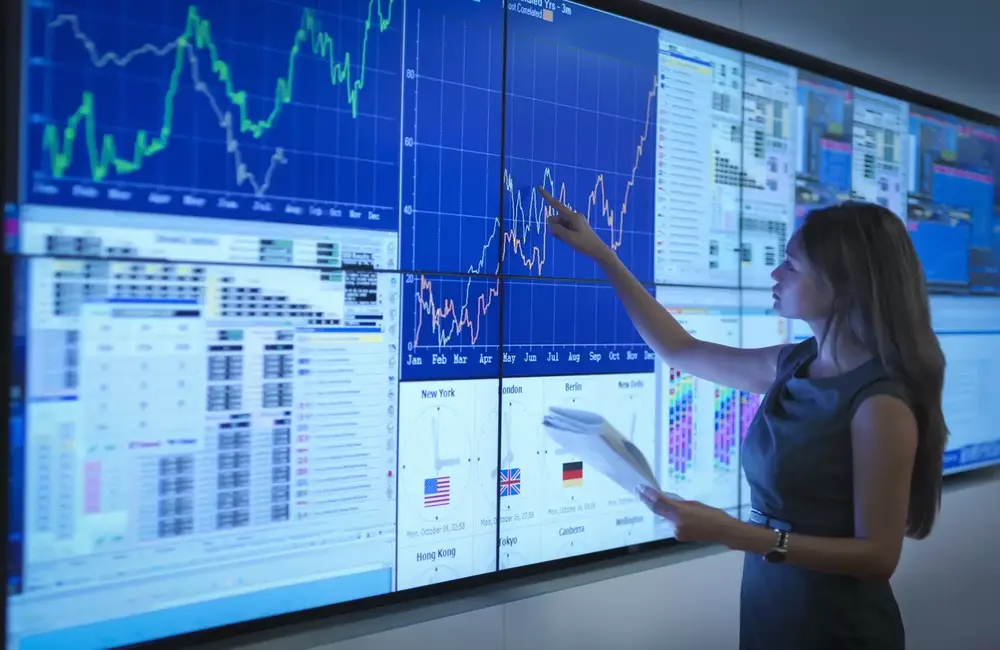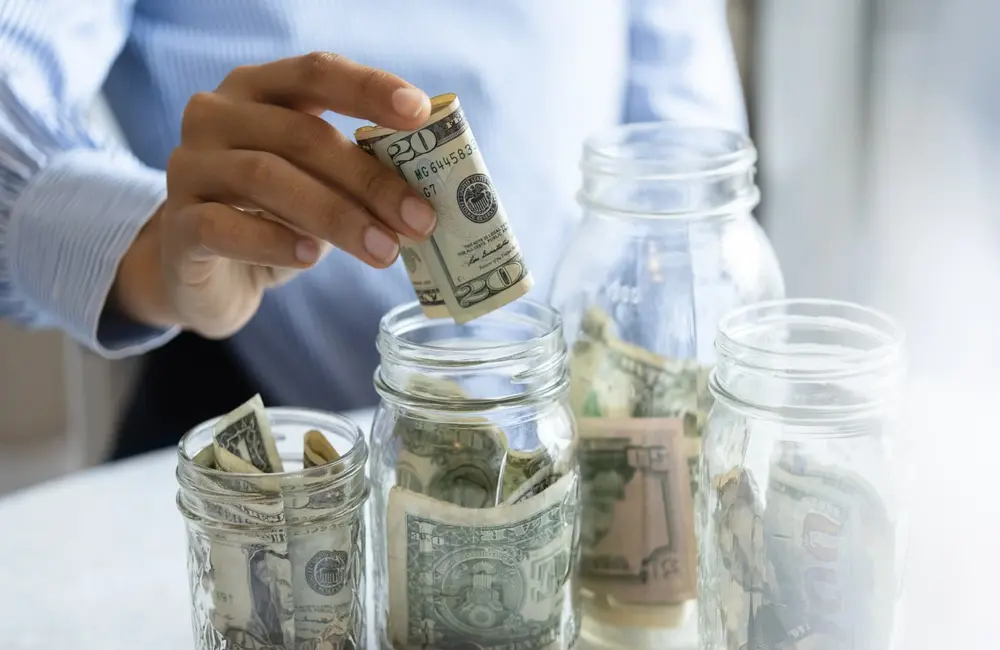Losses on Wall Street got even steeper Thursday, as central bank officials on both sides of the Atlantic seemed to indicate that they have further to go to squelch inflation and a fresh set of data raised fears of recession. The big United States stock indexes began the week higher, and then drifted down on Wednesday, when the Federal Reserve increased rates by half a percentage point. What spooked investors wasn’t so much the increase, which had been broadly expected, as the signs from the Fed that it was raising its estimates of how high rates may ultimately have to go.
Europe’s central banks joined in on Thursday with increases to their interest rates as well, and the European Central Bank hinted, like the Fed, that investors should not expect a halt to rate increases anytime soon. “This is not a pivot, this is not a shift, we are going long,” the E.C.B. President Christine Lagarde said.
The S&P 500 was down 2.8 percent Thursday afternoon. The tech-centric Nasdaq Composite fell 3.3 percent, and the Dow Jones industrial average skidded more than 900 points, or 2.7 percent. In commodities, Brent crude fell 1.22 a barrel and gold declined 1.62% to US$1,778.06.
In local bond markets, yield on Australian 2 Year government bonds rose to 3.13% and 10 Year climbed to 3.45%. On the international front, the yield on 2 Year US Treasury notes was 4.24% and the yield on the 10 Year US Treasury notes closed at 3.44%.
The Australian dollar hit 67.04 US cents from 68.63. The Wall Street Journal Dollar Index, which measures the U.S. currency against 16 others, turned higher, adding roughly 0.1% to 97.87.
Asia
Chinese shares closed mixed after the country’s November economic indicators came in weaker than expected, signaling that the recovery in the world’s largest economy remains a long way off. Consumer and energy stocks were a drag on the market, with Yonghui Superstores Co. falling 1.4% and Yankuang Energy Group tumbling 2.7%. Auto-related firms and chip makers are among the biggest gainers, with battery maker CATL up 5.3% after the company said it had signed a memorandum to cooperate with Huawei in an effort to create a global high-end auto brand. The Shanghai Composite Index fell 0.3% to 3168.65, the Shenzhen Composite Index rose 0.3%, and China’s ChiNext Price Index was up 1.3%.
Hong Kong shares finished down after China posted disappointing November economic data and bearish sentiment retook its hand despite recent gains. The Hang Seng index declined 1.5% to 19368.59 as the tech and consumer companies that had been leading a weeks-long rally backtracked. The Hang Seng Tech index closed down 2.4 percent at 4136.42, paced by Baidu, whose shares lost 4.1 percent, and Alibaba Group, which was off 4 percent. Budweiser Brewing fell 3.0% down, cutting its gain from the start of the year to 11%. The chip makers and makers of auto-related products were among the biggest gainers, with Great Wall Motor rising by 1.8%.
Japanese stocks closed lower, led down by weakness in electronics shares as concerns about the US interest rate scenario intensified. Lasertec declined 2.1% and Keyence shed 1.8%. The Nikkei Stock Average was 0.4% lower at 28051.70.
Europe
European stocks weakened at the close after the European Central Bank hiked rates by 50 basis points and said more, "significantly," will be needed in the future. The pan-European Stoxx Europe 600 fell 2.9 percent, the British FTSE 100 dropped 0.9 percent, the German DAX was down 3.3 percent, and the French CAC 40 lost 3.1 percent. ECB President Christine Lagarde reset the market’s “expectations for how high rates can go and this should cripple the economy,” wrote Oanda analyst Edward Moya. “If the next few meetings have back-to-back half-point rate hikes, the eurozone gets a much deeper recession.”
North America
US stocks extended losses Thursday, holding lower after central bank officials on both sides of the Atlantic made it clear they have more work to do to quell inflation and a reading on the economy further fueled fears of a recession. The biggest US stock indexes opened the week higher, but fell abruptly on Wednesday after the Federal Reserve lifted rates by a half-point. What scared investors was not the rate increase which had been widely expected but the Fed’s raising its estimates of how high rates would ultimately have to climb.
On Thursday, Europe’s central banks raised their own interest rates as well, and the European Central Bank indicated, as the Fed did, that investors would do well not to bet rates will be left alone any time soon. “This is not a pivot, this is not a slowdown, it is a lag we play the long game,” the E.C.B. president Christine Lagarde said.
The S&P 500 dropped 2.8 percent on Thursday afternoon. The tech-heavy Nasdaq Composite plummeted 3.3% and the Dow Jones Industrial Average fell over 900 points, or 2.7%.
In years past, those big moves would be more of a surprise, but traders say that in 2022, they have gotten used to the whiplash. The Nasdaq is now on track for its 84th swing of 2% or more this year in one direction or another, according to Dow Jones Market Data. That would be the highest of any calendar year since 2002. In 2008, the Nasdaq Composite gained or lopped off 2% 83 times.
“There are going to be fits and starts, some head fakes, and that is why you’re seeing market sentiment go from day to day or week to week,” said Kristina Hooper, chief global market strategist at Invesco. “It’s probably going to persist until a Fed pause is on the horizon.”
Data on Thursday also unnerved many traders. Retail sales, which include spending at stores, online and at restaurants, decreased 0.6 percent in November from the previous month, the Commerce Department said. The Federal Reserve Bank of Philadelphia reported that manufacturing activity in the Philadelphia region had also contracted more than forecast.
“Recession worries are certainly in the air in the market today,” said Michael Antonelli, a managing director at Baird. “The market isn’t fearful of inflation now. It’s concerned about a recession around the corner, or about the Fed having gone too far.”
Worries over the recession are also dragging down shares of banks and lenders, said Mr. Antonelli. Financial companies in the S&P 500 are down about 7% so far this month, one of the worst-hit sectors in the index in that timeframe.
In new projections released Wednesday, most Fed officials penciled in plans to lift their benchmark interest rate, the federal-funds rate, to a peak range between 5% and 5.5% in 2023 and hold it at that level until 2024. The projections showed significant disparities about what might happen after next year.
Investors were looking for moderating price pressures to persuade officials to scale back the pace of rate increases or perhaps reduce the time interest rates would remain elevated. The Fed meeting held that in check.
“What we found out yesterday is that they are sticking around longer than we thought,” said Hani Redha, a portfolio manager at PineBridge Investments. “The message is, don’t expect any last-minute monetary relief any time soon, even if the inflation numbers continue to fade.”

























